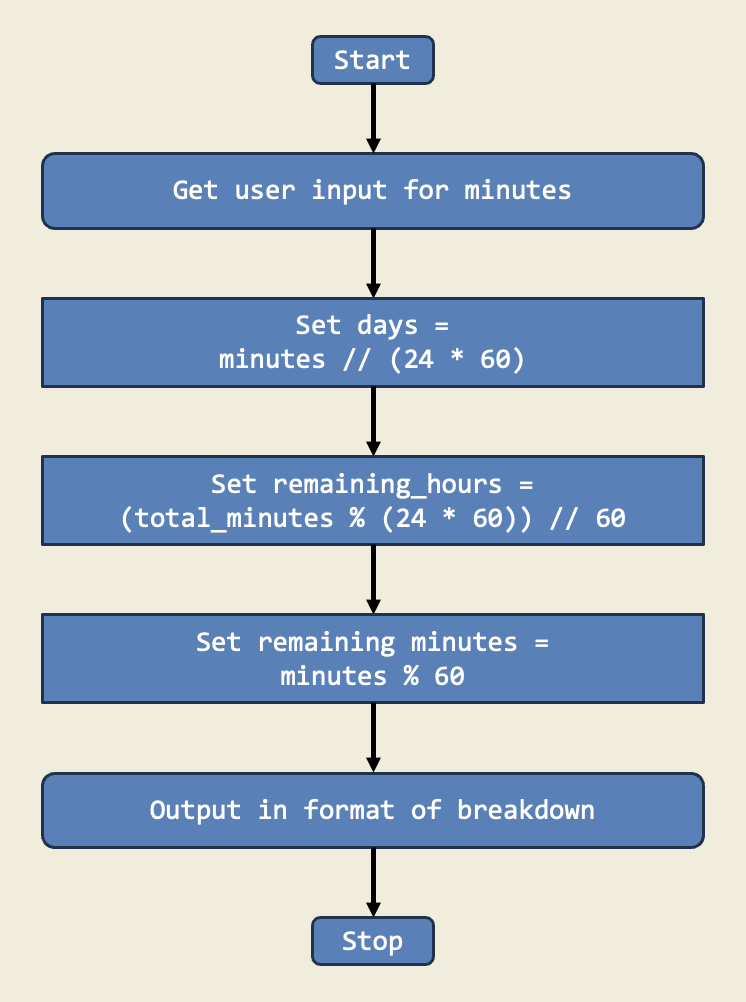Dylan Phua's Coding Projects
Hi i am My name is Dylan, and I am 12 years old. I began learning robotics in Primary 3 with Lego Mindstorms and block-based coding, which sparked my interest in designing robots to automate daily tasks. This experience taught me to think logically and creatively to solve real-world problems. Wanting to go beyond block coding, I started learning Python, which allows me to solve math problems with code and think step by step. Later, I explored Pygame to build educational games that make learning fun and competitive for my friends. This not only improved my programming skills but also showed me how technology can bring people together and support learning.
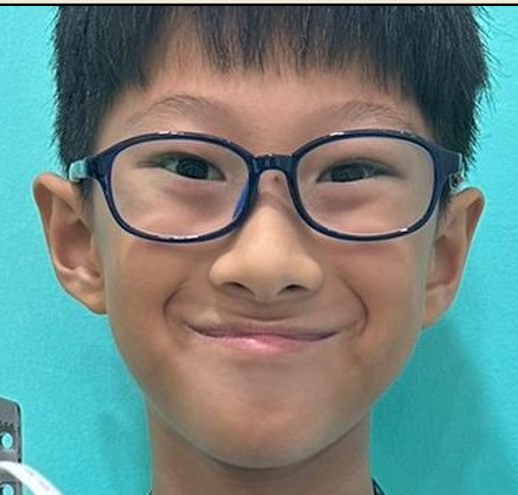
Touch Activated Bumper Car
I learned how to use LEGO Technic parts to design and build functional mechanical systems. By applying coding concepts such as conditionals (if-else) and integrating various sensors, I programmed my creations to respond dynamically to their environment. One example was a bumper car that automatically reverses when its front touch sensor detects a collision—mimicking real-world applications of obstacle detection used in autonomous vehicles and robotic systems to enhance safety and navigation.
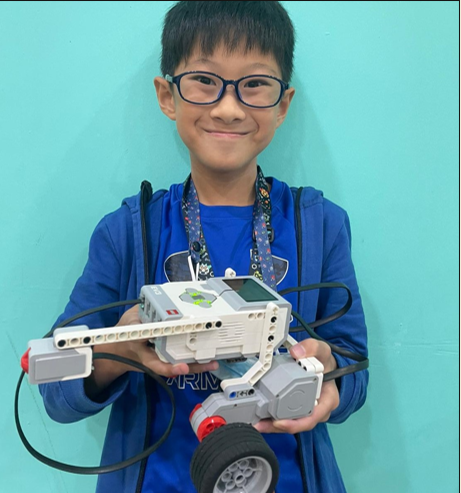
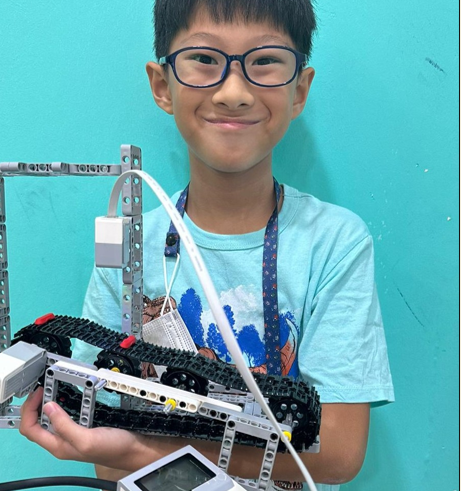
Ultrasonic activated Tractor
I built a LEGO-based tractor model designed to simulate real-life functionality. It uses an ultrasonic sensor to detect obstacles and automatically stop when objects are within a threshold distance that I configured. This demonstrates the potential advantages of automation and smart technology in modern farming.
Distance sensor Coin dispenser
Having played at the arcade frequently, I decided to use the concepts of conditional statements, colour detection and output controls to create a secure and precise shooter that fires a shot when the colour sensor detects 2 specific colours in the coded order. This project demonstrates how sensor integration and conditional logic can be used to develop automated systems, with potential applications in intelligent defense technologies.
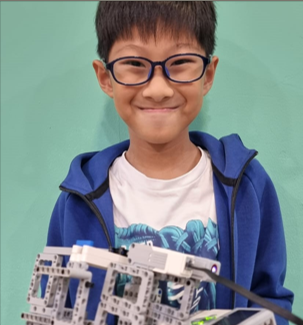
Description:
In this project, I designed a program that checks if a number is even or odd using if-else statements. This project teaches me how to make decisions in code based on conditions.
Diagram:
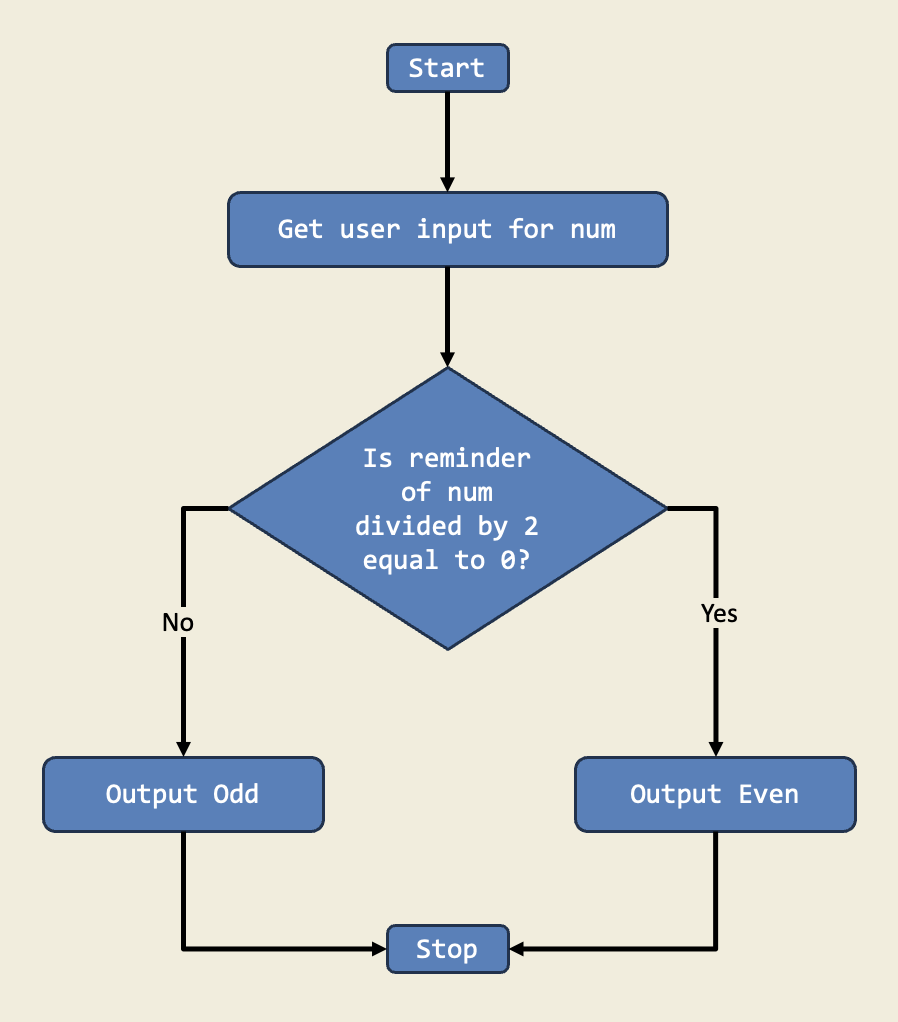
Trinket:
Description:
In this project, I used math to change a huge number of minutes into days, hours, and minutes. I used division and remainders to see how many full days there were and what was left over. This is important because it shows how math can help us understand time by breaking it down into parts we can read.
Diagram:
